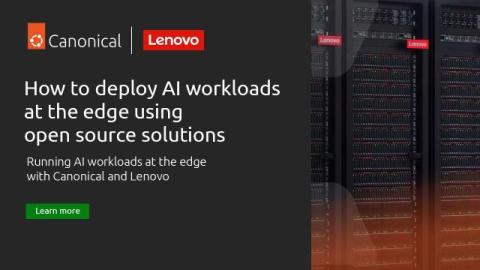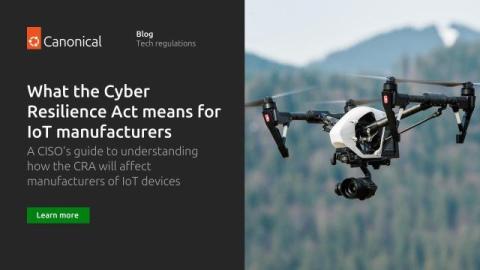How to deploy AI workloads at the edge using open source solutions
AI is driving a new wave of opportunities in all kinds of edge settings—from predictive maintenance in manufacturing, to virtual assistants in healthcare, to telco router optimisation in the most remote locations. But to support these AI workloads running virtually everywhere, companies need edge infrastructure that’s fast, secure and highly scalable.











